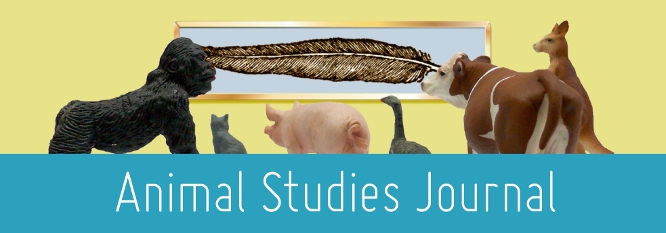Home > assh > ASJ > Vol. 4 (2015) > No. 1

Abstract
The thylacine looms large in Tasmanian culture. The animal’s image is everywhere, present on everything from beer labels to licence plates. The documentary footage of the last thylacine in Hobart Zoo has come to exemplify, among other things, the tragedy of species loss and humanity’s violence against the nonhuman. This footage features at the beginning of both The Hunter and Dying Breed – two of the very small number of films that constitute a notional Tasmanian cinema. In contrast to the meanings suggested by the documentary images of the last thylacine however, the fictional Tasmanian tiger in these films becomes a repository for those aspects of humanity that need to be expunged. In The Hunter, the thylacine’s dead body is potential raw material for weapons production by a biotech company. In Dying Breed, the thylacine is aligned with a cannibalistic community – implicitly descendent from cannibal convict Alexander Pearce – who rape female tourists in order to perpetuate their kind. In these two texts the thylacine therefore symbolically embodies humanity’s inhumanity, degeneracy, and monstrosity – qualities that The Hunter gestures towards wiping out through the eponymous hero’s enactment of the thylacine’s ‘final’ extinction. The narratives of The Hunter and Dying Breed assert man’s right to violently determine survival and reproduction. These politics resonate with the thylacine’s history both in terms of the significance of the hunt in her extinction and the confinement of the last thylacine in a zoo – an environment where reproduction is fully governed by humans.
Recommended Citation
Narraway, Guinevere and Stark, Hannah, Re-animating the Thylacine: Narratives of Extinction in Tasmanian Cinema, Animal Studies Journal, 4(1), 2015, 12-31.Available at:https://ro.uow.edu.au/asj/vol4/iss1/3

